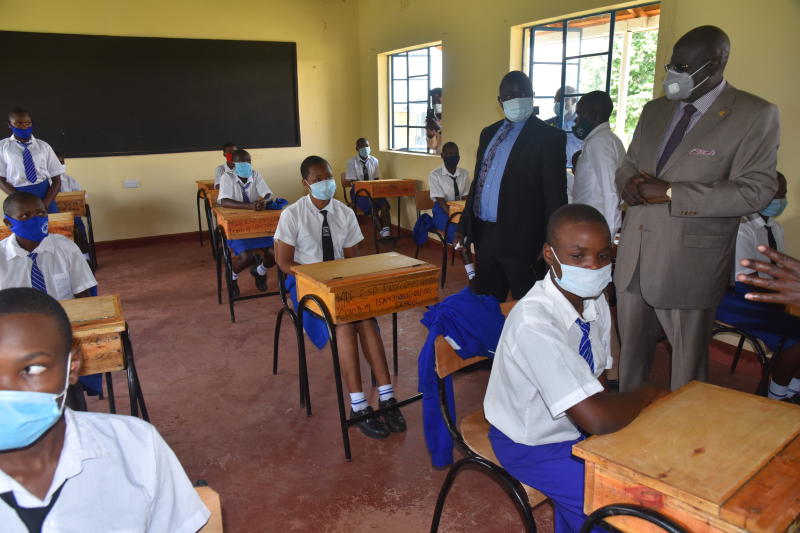×
The Standard e-Paper
Join Thousands Daily

Education Cabinet Secretary George Magoha at Isanjiro Secondary School in Malava sub-county, Kakamega County, yesterday. [Benjamin Sakwa, Standard]
Anxiety has hit primary and secondary schools, as it emerged that the institutions are ill-prepared to deal with Covid-19 even as cases of infections surge.